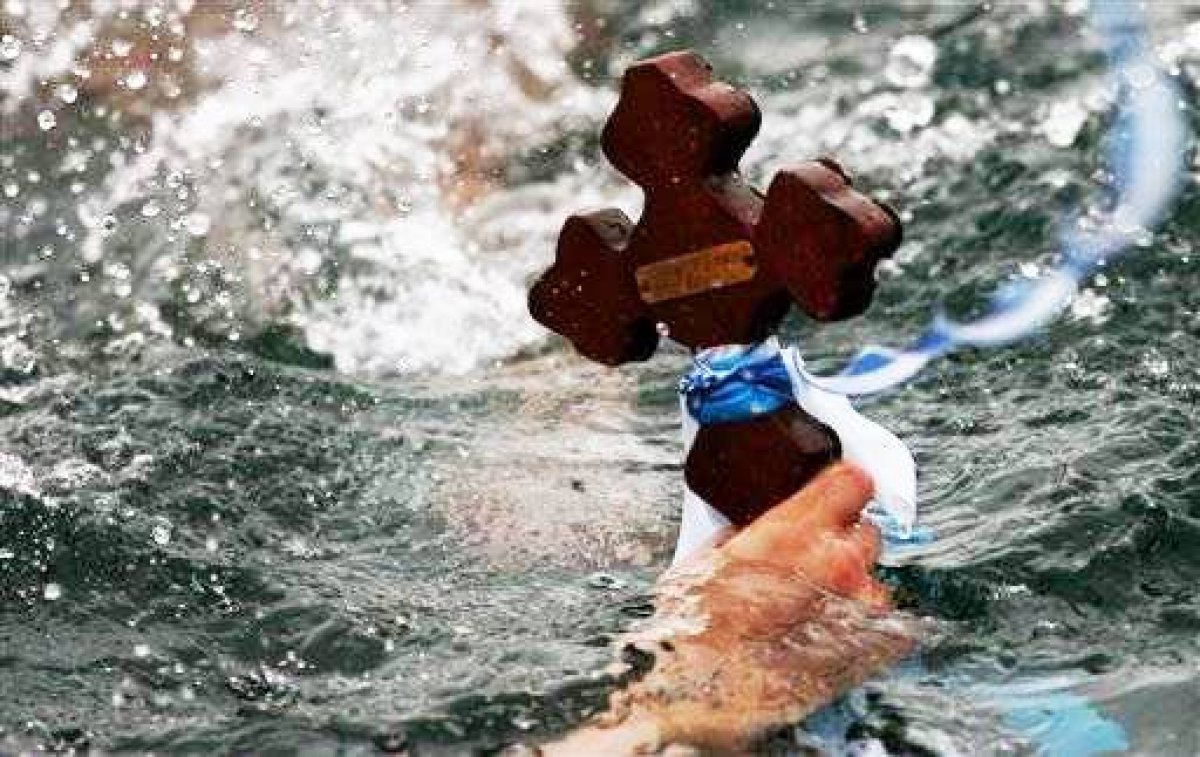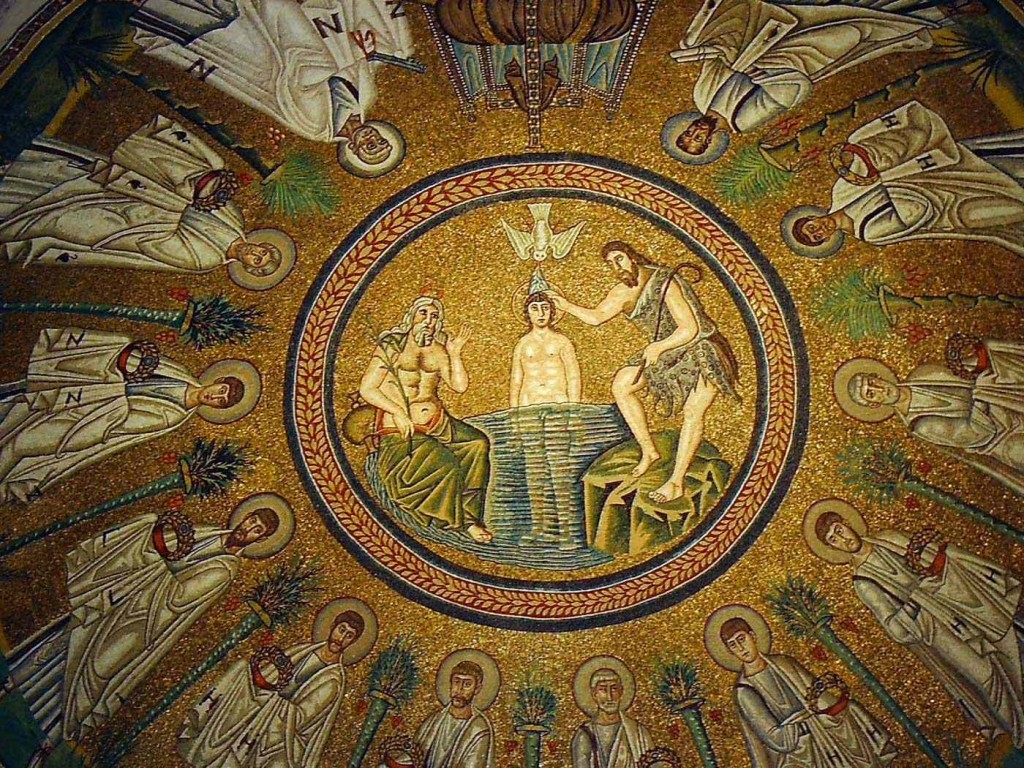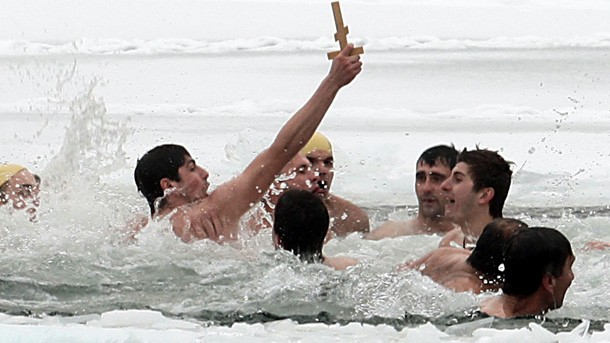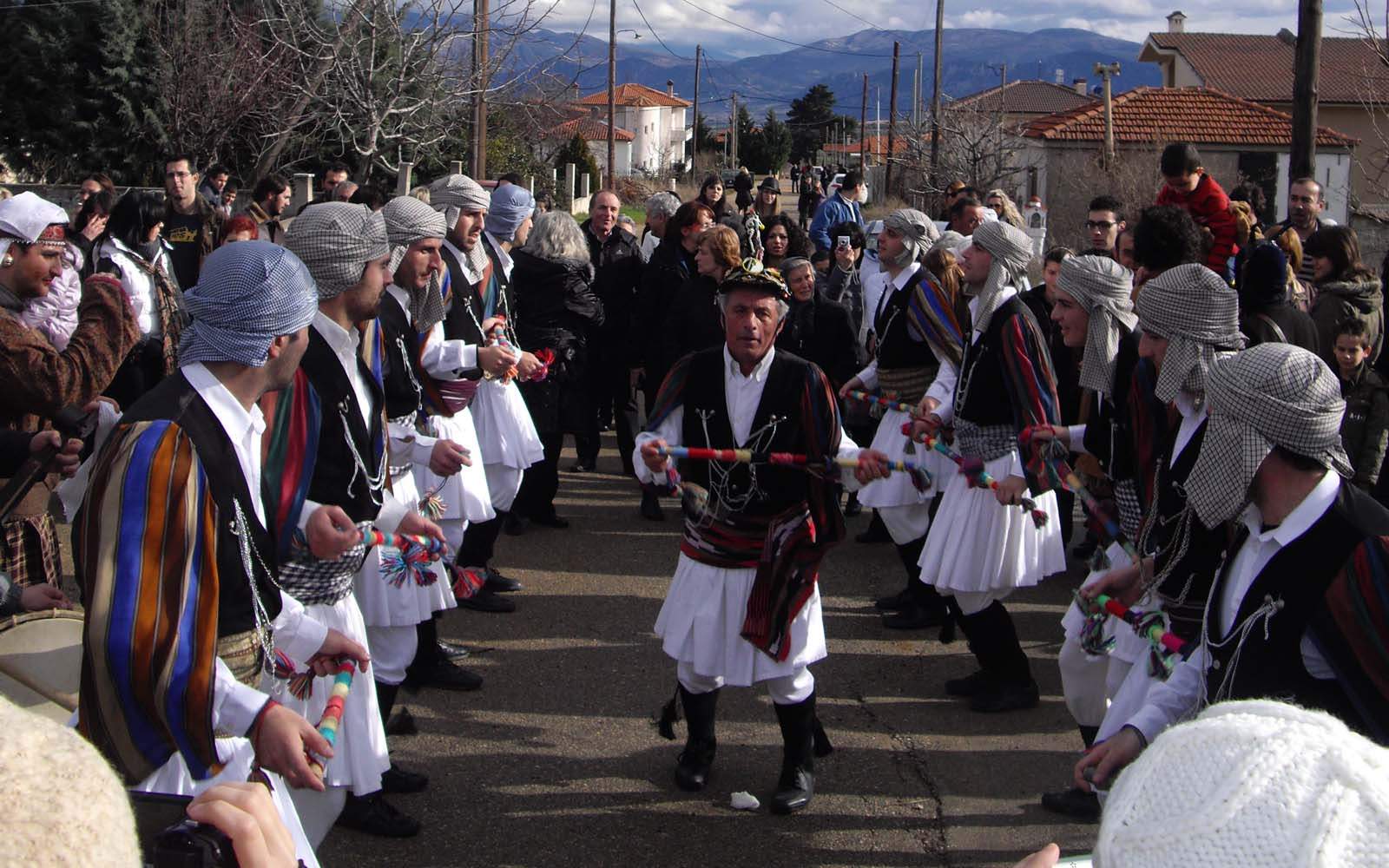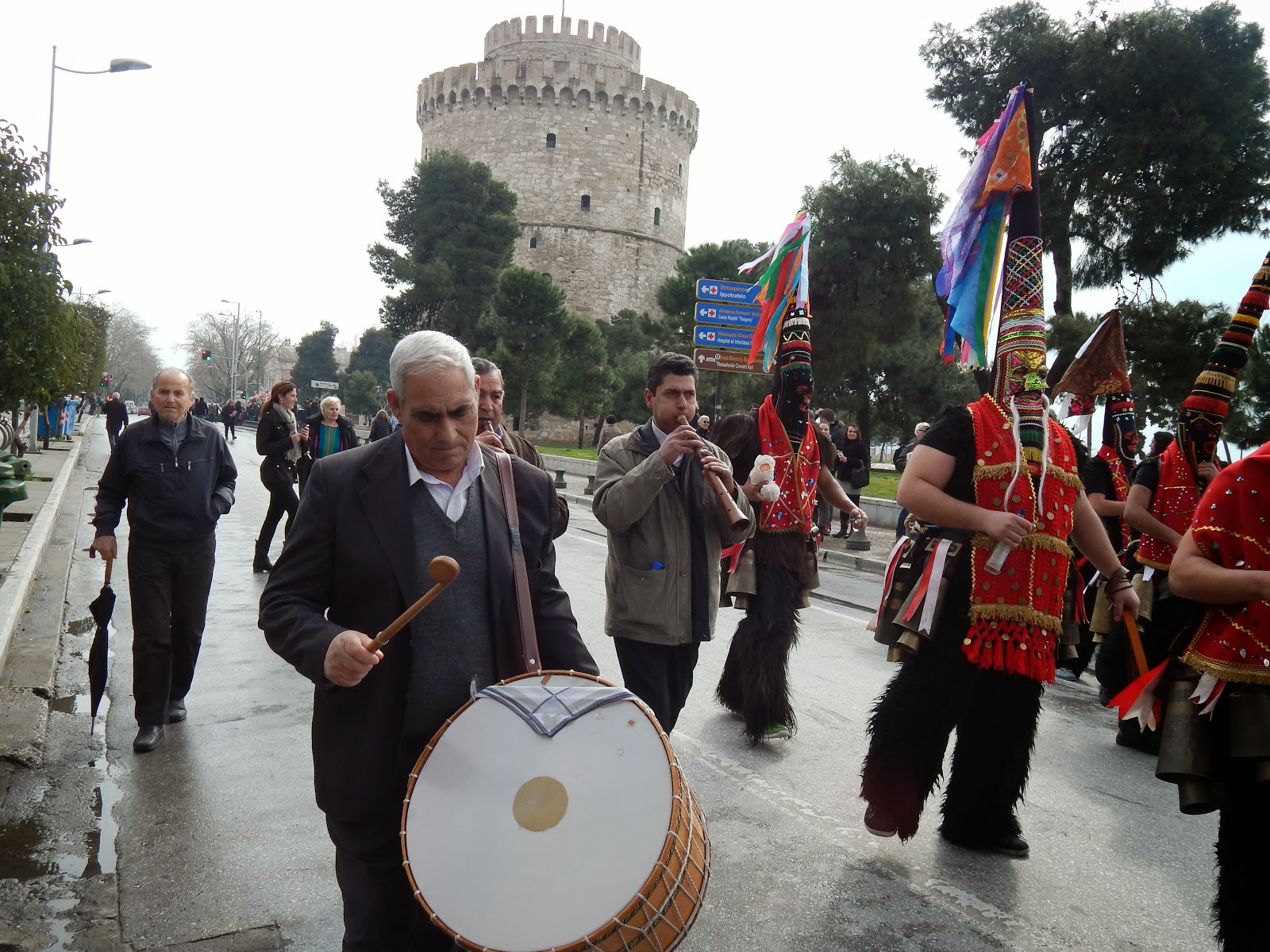Epiphany Day, also known as Theofania (God shining forth) or Fota (Lights), is an important religious celebration symbolizing the baptism of Christ. The waters are sanctified and evil is drained out of them.
Cross-Throwing
The most well-known custom associated with the day is the throwing of the Cross into the sea or river with men diving to retrieve it. The person who catches it first is considered the luckiest of the year.
The cross-throwing ceremony takes place after the divine liturgy when the parish goes on a procession with the cross to the nearest body of living water (lake, sea or river). If there is no living water, the blessing ceremony is held outside the church with a baptism font filled with water.
Holy Water
People go to Church to get Holy Water so that evil spirits can be removed from the house, according to the Greek Orthodox Church. In the weeks following the Feast, clergy visit the homes of parishioners and conduct services for the blessing using the holy water that was blessed on the Feast of the Epiphany.
Sprinkling the Theophany Waters also rids the world of the mischievous Kalikantzari goblins, marking the end of the twelve days of festivity that began on Christmas Eve.
Carols
On the day prior to Epiphany Day (January 5), children sing special kalanta (carols) in return for sweets or coins.
Ragoutsaria
Groups of masqueraders across Thessaly, and northern Greece go from door-to-door singing carols. Each group features a groom and a bride (young man dressed as a woman), a priest, a grandfather, a doctor and “arkoudiarides” (bear-owners that made the animals dance for the entertainment of crosds around them). In some regions they put on scary masks to exercize evil spirits while passersby give them money to do so.
In Drama and Kavala, this feast is known as rokatzaria. People wear scary masks, wear sheepskin and carry bells. These people are called “Arapides” (black men) who symbolize warriors that fought with Alexander the Great.
Momogeroi
According to the custom, men dress in various costumes, each costume syblolizes a part of Pontic culture and folklore. A bear symbolizes strength, the horse symbolizes development, the soldier is for defence, whereas the old woman symbolizes the past, the horse symbolizes development, etc.
Fotarades
The custom takes place in Halkidiki, Northern Greece. A bell-toting “king”, dressed in a traditional shepherd’s cape, leads a dance as Fotarades, carrying swords made of wood deter anyone from attempting to steal the sausage placed in the middle of the circle. Here, young men sing carols to get meat, sausages and money while on January 7 (St. John’s Feast Day) they dance traditional Greek dances around the village square.
Epiphany and Marriage
The myth has it that the heavens open up on this day causing some people to believe that they can get anything they request. For this reason, girls in Smyrna who wanted to marry during the New Year planted basil in May and took care of it until the Epiphany celebration. The priest would dip the basil in the Holy Water and bless the girls, increasing their likelihood of marriage.
Ask me anything
Explore related questions
